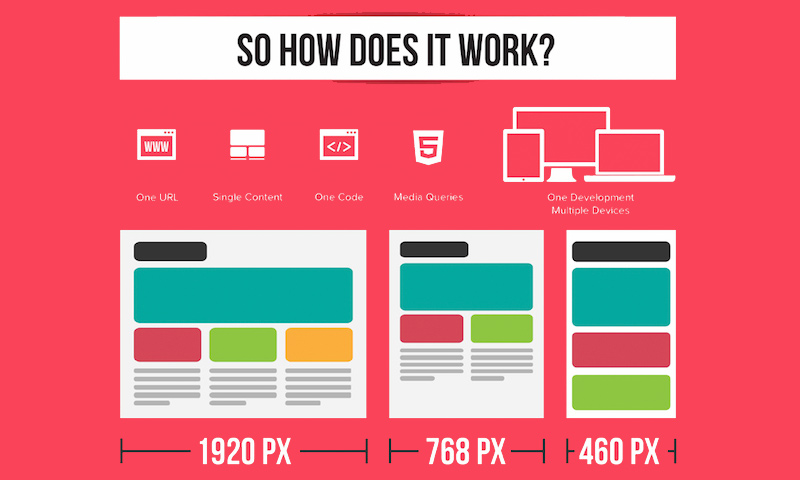The Advancement Of Website Layout: From Past To Present
The Advancement Of Website Layout: From Past To Present
Blog Article
Material Develop By-Kinney Clarke
In the past, web sites were basic and focused on info. Navigation was direct, and design was for desktops. Now, customer experience is crucial. Data guides designs for easy navigation. Responsive designs fit various devices. Today, dark setting minimizes strain, and minimalist food selections improve navigation. Interactive features engage customers, and bold visuals stand out. AI integration increases involvement. See just how design has actually evolved to improve your on-line journey.
Very Early Days of Web Design
In the early days of web design, simpleness preponderated. simply click the following internet page were basic, with restricted shades, fonts, and layouts. The emphasis was on giving information rather than flashy visuals. Individuals accessed the internet with sluggish dial-up connections, so rate and capability were vital.
Navigation food selections were straightforward, normally located on top or side of the page. Websites were designed for desktop computers, as mobile surfing wasn't yet widespread. Web content was king, and designers focused on easy readability over complex design elements.
HTML was the key coding language used, and developers had to function within its constraints. Animations and interactive functions were minimal contrasted to today's standards. https://www.cgmagonline.com/articles/features/search-engine-optimization-seo-tips/ were fixed, with little dynamic web content or customized user experiences.
Increase of User-Focused Layout
With the advancement of internet site layout, a shift towards user-focused style concepts has actually ended up being significantly prominent. Today, developing web sites that prioritize user experience is critical for engaging visitors and achieving service goals. User-focused layout entails understanding the requirements, preferences, and habits of your target market to customize the internet site's design, web content, and features appropriately.
Designers now perform comprehensive research study, such as customer studies and usability testing, to gather insights and responses directly from customers. This data-driven method aids in developing instinctive navigating, clear calls-to-action, and aesthetically enticing interfaces that reverberate with site visitors. By putting the individual at the center of the design procedure, sites can deliver an extra personalized and pleasurable experience.
Responsive layout has likewise emerged as a key aspect of user-focused layout, making sure that internet sites are enhanced for various gadgets and display sizes. This adaptability boosts availability and functionality, accommodating the varied methods individuals engage with websites today. Essentially, the surge of user-focused style indicates a change towards developing digital experiences that prioritize the demands and expectations of the end individual.
Modern Trends in Website Design
Discover the latest patterns shaping web design today. One famous pattern is dark setting style, supplying a smooth and modern appearance while reducing eye strain in low-light atmospheres. One more key trend is minimalist navigation, simplifying menus and boosting customer experience by concentrating on essential elements. Incorporating micro-interactions, such as computer animated switches or scrolling effects, can produce an extra interesting and interactive site. Receptive design remains essential, making sure smooth user experiences across different devices. Furthermore, utilizing strong typography and asymmetrical designs can add aesthetic interest and draw attention to particular material.
Integrating AI modern technology, like chatbots for customer assistance or personalized suggestions, boosts user engagement and simplifies procedures. Ease of access has likewise become a substantial pattern, with developers prioritizing inclusive layout practices to accommodate diverse user needs. Accepting sustainability by maximizing web site efficiency for speed and performance is an additional arising trend in web design. Working together with customer responses and information analytics to repeat and improve style continuously is important for staying relevant in the ever-evolving electronic landscape. By accepting these contemporary fads, you can develop an aesthetically appealing, user-friendly internet site that resonates with your target market.
Verdict
As you review the advancement of site design from the early days to now, you can see how user-focused style has become the driving pressure behind contemporary fads.
Welcome the journey of change and adjustment in website design, constantly maintaining the user experience at the forefront.
Stay current with the current trends and technologies, and never stop progressing your method to produce visually spectacular and straightforward web sites.
Evolve, adjust, and create - the future of web design is in your hands.
